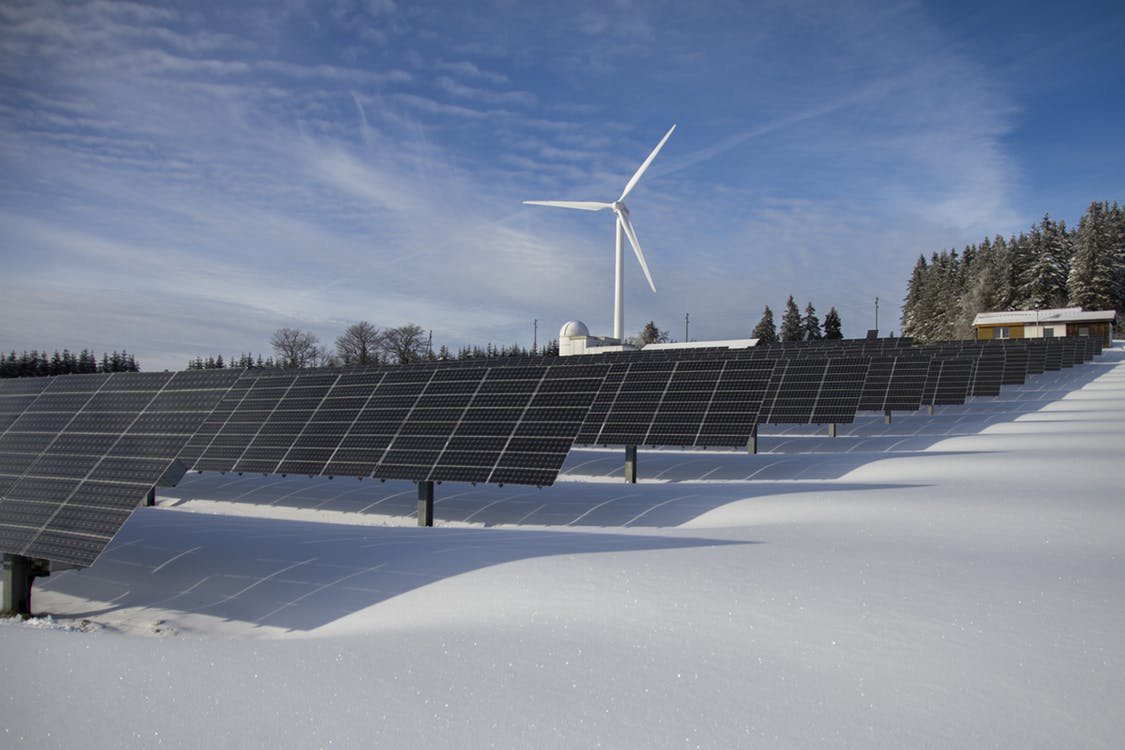(REPOST: Wired)
After the UK government’s scrapping of renewable-energy subsidies in 2016, it sometimes seems as if green-energy initiatives were in retreat. In fact, the opposite is true: in 2017, the renewables sector was up eight per cent on the previous year, indicating that it’s become a truly mainstream concern.

In 2018, investors will increasingly look towards storage, rather than supply. Yet despite this urgent gap opening in the market, storage solutions for renewable energy have been elusive. Excess energy has had to piggyback on the infrastructure created for fossil fuels. Moreover, entrepreneurs in the renewables sector have focused on big-picture supply factors – wind turbines, waves, Sun and estuary power – without resolving the supply-and-demand balance. The essential conundrum that solar plants don’t produce energy without sunshine, nor wind farms without wind, has led to intermittent supply.
In 2018, these problems will be ironed out as battery storage becomes widely available.
“We will see a tipping point,” says Alasdair Cameron, renewable-energy campaigner at Friends of the Earth. “Even IKEA has launched a renewable solar battery power storage for domestic use.” Add this to Tesla’s Powerwall domestic battery (launched in 2015) and, as Cameron says, “Storage is moving from the grid to the garage to the landing at home.”
As energy storage for home use becomes more commonplace, mass storage will also grow. In 2016 there was 24mW of commercial-battery storage in the UK; there will be over 200mW by the end of 2018, located in battery installations around the country.


